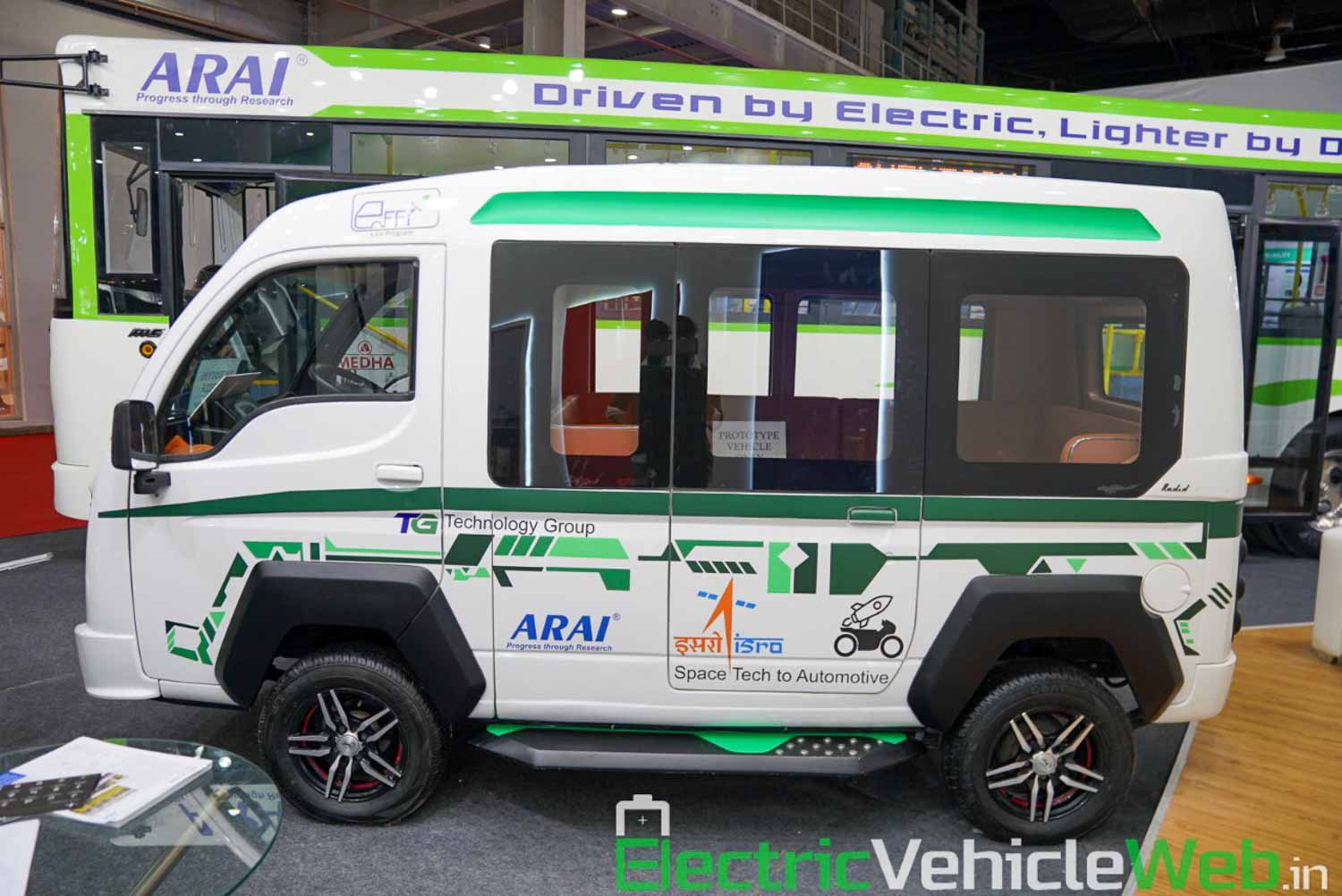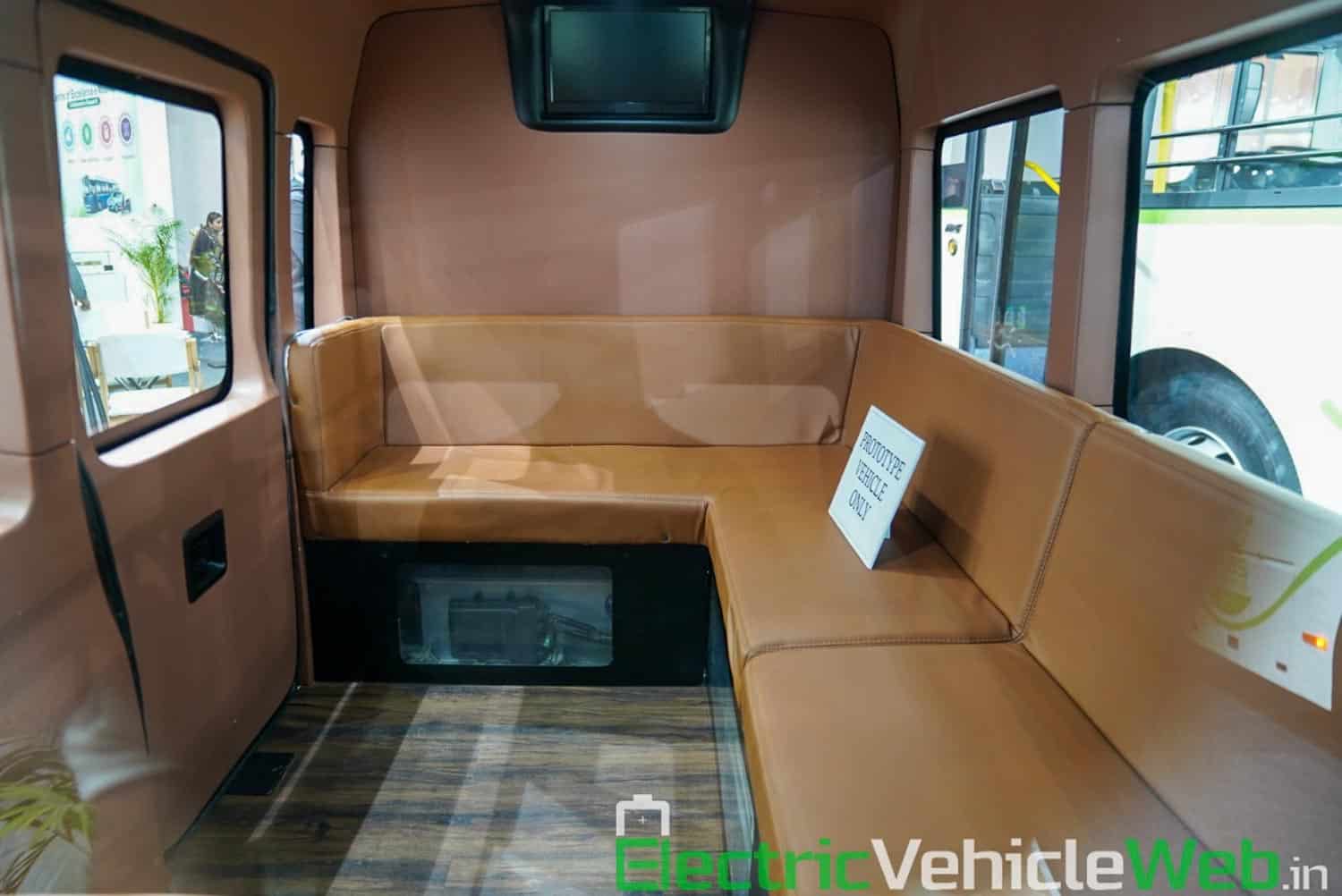
Tata Magic Hybrid by ARAI and ISRO
The Tata Magic hybrid features a unique energy storage system that combines battery and supercapacitors, along with a host of added benefits
Auto Expo 2020 may not have been as grand as its previous instalments as multiple brands had stepped away from participating in the biennial automotive show. However, there was a strong portfolio of EVs and other forms of electrified or emission-free vehicles at the event that shed some light on the future of e-mobility in India. One such example was the Tata Magic hybrid that was co-developed by ARAI and ISRO.
The highlight of the vehicle was its unique hybrid energy storage system that combines a conventional battery pack with supercapacitors — which were supplied by ISRO. The ‘hybrid’ moniker pertains to the nature of the energy storage system used and not the power plant. The vehicle is still a true EV.


Interiors of Tata Magic Hybrid by ARAI and ISRO
According to the officials in charge of the project, there are strong reasons why a battery-supercapacitor combo was proposed. Firstly, the battery size can be reduced and energy can be shared with either system. Reduced battery size also means that the weight of the supercapacitor goes down. Secondly and subsequently, as the weight goes down, efficiency improves. The final outcome is lower running costs without compromising on relative performance.
The Indian Space Research Organisation (ISRO) and Automotive Research Association of India (ARAI) have partnered earlier as well, in the field of lithium-ion battery systems. Together, the two organisation have studied the feasibility of their battery project in the Indian automotive industry and have already shared the technology to major names.
For any battery-operated vehicle, the running range is one of the most crucial factors to be put into consideration. The officials claimed that while a conventional electric vehicle returns a range of roughly 120-150km on a full charge, the Tata Magic hybrid prototype can provide the same range with the supercapacitor alone providing 40% of the energy. Due to the reduced dependency for energy, the battery unit can be lighter, cheaper and durable.
Being a prototype, the facts and figures might go through some changes in the final version. The 72V powertrain generates around 15kW or 20bhp to pull the Tata Magic hybrid to a top speed of 60km/h. On paper, this may not sound that impressive, but the topic of discussion is the nature of the energy system and not outright performance. A battery-supercapacitor hybrid can strike a balance between charging time and range, especially if a regenerative-braking system is coupled to it.
Source
Get news in your inbox. Signup for the newsletter.
Source: Electric - rushlane.com


